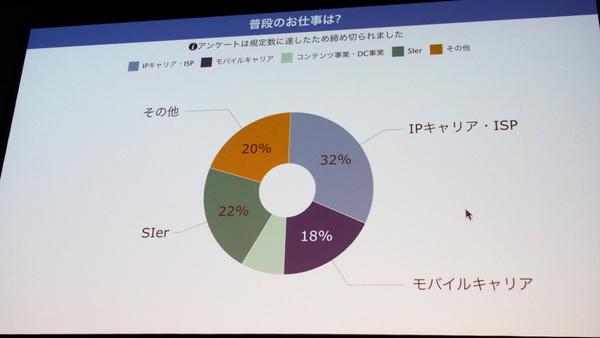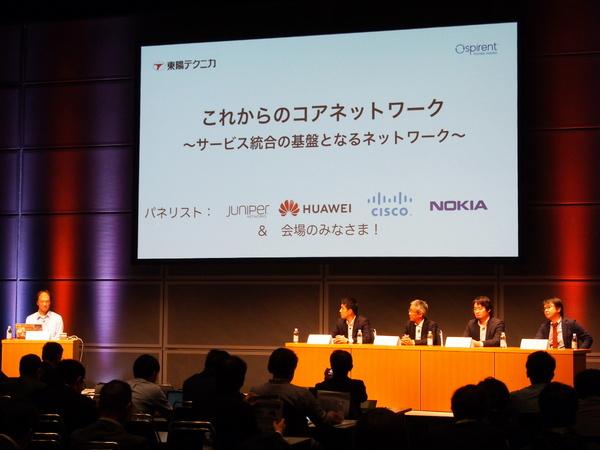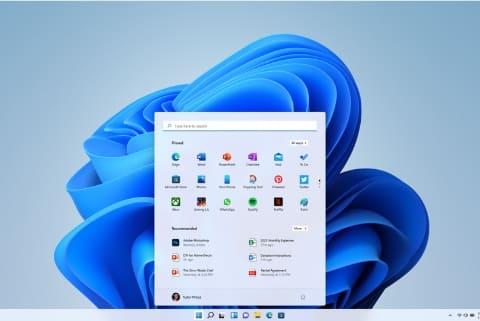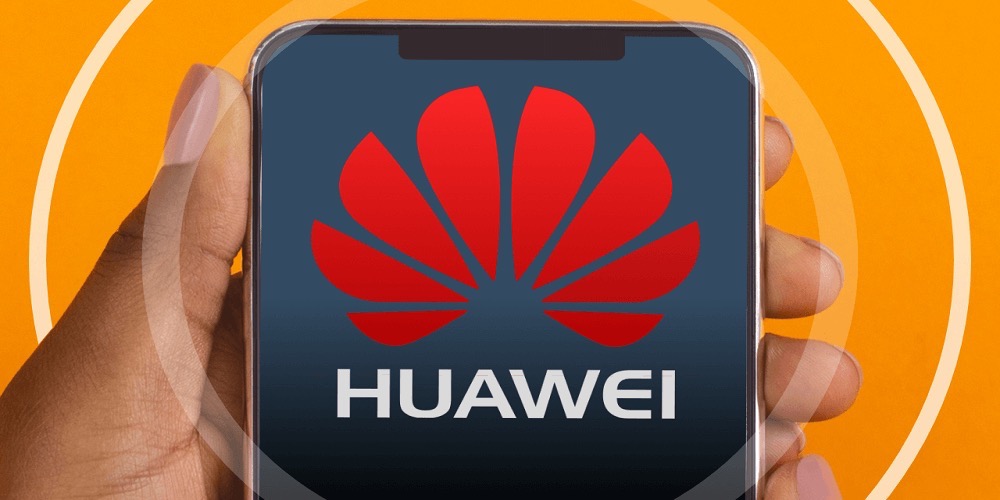Four manufacturers discuss "what th...
09
04
Four manufacturers discuss "what the future core network should be"
On November 7, 2018, Toyo Technica's private conference "Core Router Summit in TOKYO 2018" was held.
"Core Router Summit in TOKYO 2018" held at the Tokyo International Forum.A panel discussion was held with four core router manufacturers on stage.
At the end of the conference, a panel discussion "What the future core network should be" was held with four core router makers, and the representatives of each company went beyond the framework of the makers to increase mobile 5G, communication capacity, and VNF. We discussed the future image based on trends such as integration of various services utilizing (Virtual Network Function) into the core network, and new technical standards represented by 400 Gigabit Ethernet (400GbE) and Segment Routing (SR).
Mr. Hitoshi Uta, Assistant Professor (Information Science), Center for Information and Social Infrastructure Research, Japan Advanced Institute of Science and Technology, and Mr. Hitoshi Uta of 4 manufacturers (Juniper Networks, Huawei Japan, Cisco Systems, Nokia Solutions & Networks)
What are the requirements that the core network should have in the future?
The session started with a real-time questionnaire on the attributes of visitors, how they relate to the core network, keywords of interest, and whether they are already using advanced technologies such as 400GbE and SR.
Visitor attributes and how to relate to the core network.Many visitors were involved in the planning / design of carriers / ISPs and core networks.
As a result, more than 10% of visitors to 400GbE and more than 30% of SR are already in actual operation / evaluation.
Next, panelists from the four manufacturers conducted an analysis of market trends and introduced their own strategies, including a review of the lecture sessions held on the same day.
Juniper Networks Masahiro Ueda said in a survey of service providers that 95% have plans to move services from physical routers to virtual routers / VNFs, and that customer enterprises are planning to move from on-premises to the public cloud. After mentioning such things, the requirements for future core networks are summarized as "simple", "scale-out", and "open (programmable)".
"If it's not'simple', it gets complicated when adding or scaling out new services and it's out of the control of humans.'Scale out' has to be implemented as PNF (in hardware) so far. Performance that couldn't be achieved can now be implemented in VNF (in software), and it has become easier to scale out according to demand. "Open" is a framework that can be combined with programmability, third parties and OSS. We will provide visualization and automation capabilities by providing such services. "(Mr. Ueda)
Mr. Masahiro Ueda, General Manager, Technical Business Promotion Division, Technology Management Division, Juniper Networks
Summarized the requirements for the core network
Mr. Masao Akada of Huawei Japan said that the core router elements that make up the core network are "ultra broadband" with scalability that can increase the capacity in the future, core networks of multiple domains and core / edge networks, He says that he defines it as "simple" that integrates operations such as IP / optical layer and operates in cooperation, and "intelligent" such as traffic prediction by AI / machine learning and accurate simulation at the time of network path design.
Mr. Akada also explained that SR is to reset and "simulate" the protocol group that was complicated in the conventional MPLS. "In the mobile world, it will be reset from LTE to 5G, but the core network world will drag the past, so drastic changes will not occur. Such things (technical" like SR " My personal impression is that "reset") is necessary somewhere "(Mr. Akada).

Mr. Masao Akada, CTO of Huawei Japan Career Business Division
I took the Segment Routing protocol as an example of simplification.
Mr. Teppei Kamada of Cisco Systems mentioned that the core network of the carrier has the same requirements as those mentioned by Mr. Ueda and Mr. Akada, but talked about "in what direction will we realize it" from now on. .. One approach is to "focus on" clay pipes "", that is, to provide only the minimum necessary network functions in the core network and implement complex functions with overlays, but that is "not interesting personally". "(Mr. Kamada). As another approach, he suggested that the core network should be considered to "provide more value than" clay pipe "."
"For example, SRv6 network programming. It is a technique to program network functions in the packet itself, and if it is processed by an underlay router instead of an overlay, the core network will be given more value than a" clay pipe ". It also means an IPv6 address. There is also the idea of ICN (Information Centric Network, content-oriented network) that gives the packet itself programmability, and technological development is progressing to give intelligence to the network. There is no answer as to whether or not it should be done on the network. "(Mr. Kamada)
Mr. Teppei Kamada, System Engineering Division, Service Provider Division, Cisco Systems
The question is, should the core network only have the function of "earthen pipe"?
Yasuo Kashimura of Nokia Solutions & Networks said that we will be in an era where end-to-end management of not only core networks but also access networks and services will be required. To achieve this, Underlay's core network will first need to be more flexible, dynamic and intelligent.
"How can we connect various functions and users that are flexibly placed (on the network) flexibly and quickly while maintaining the required service level? That is what we believe is required for the core network. In the words of "earthen pipe", it is not just a static "earthen pipe", but a more dynamic, flexible and intelligent "earthen pipe" image. "(Mr. Kashimura)
Nokia Solutions & Networks IP / Optical Networks IP Routing Headquarters Yasuo Kashimura
It is pointed out that the evolution of the core network side is also required for mobile 5G.
How far should the core network be expanded?
In response to the comments of the four people, moderator Uta asked, "On the other hand, how much function should the core network have while'simplification'is a requirement?"
As Huawei Akada continues to improve the hardware technology of core routers, as mentioned above, it has become possible to integrate functions such as multiple domains, core / edge, and IP / optical that have been provided by different devices. Point out that. This brings benefits such as simplification of operation, reduction of the number of devices, and reduction of power consumption.
Example of multi-domain integration with core router introduced by Mr. Akada
Nokia Kashimura is in the position that the core network should be able to provide "abstracted / unified information" that can be handled by different vendors of orchestras, assuming an environment composed of multiple vendors, and Juniper Ueda also "Intelligence should be on the service side, not the core side," he said, adding that it is important for the core network to have the availability to accept such service requirements.
On the other hand, Mr. Cisco Kamada sympathizes with the ideas presented by both of them, but said that "it is not interesting (laughs)", and the processing that the core router can do is expanding "SRv6 (introduced in the session on the same day). I hope that network programming by Cisco will be one of the answers. "
"In the past, the network classification of underlays / overlays has been used for a long time, but some of the functions realized by overlays can now be integrated into underlays. Underlays, which were thought to be unchanged I would like to raise the issue that it is almost time to review the ray / overlay division and architecture. "(Mr. Kamada)
In addition, while accepting questions from the venue, discussions were held on themes such as "security that the core network should have," "the role of software routers with improved performance," and "test automation." It was closed.








